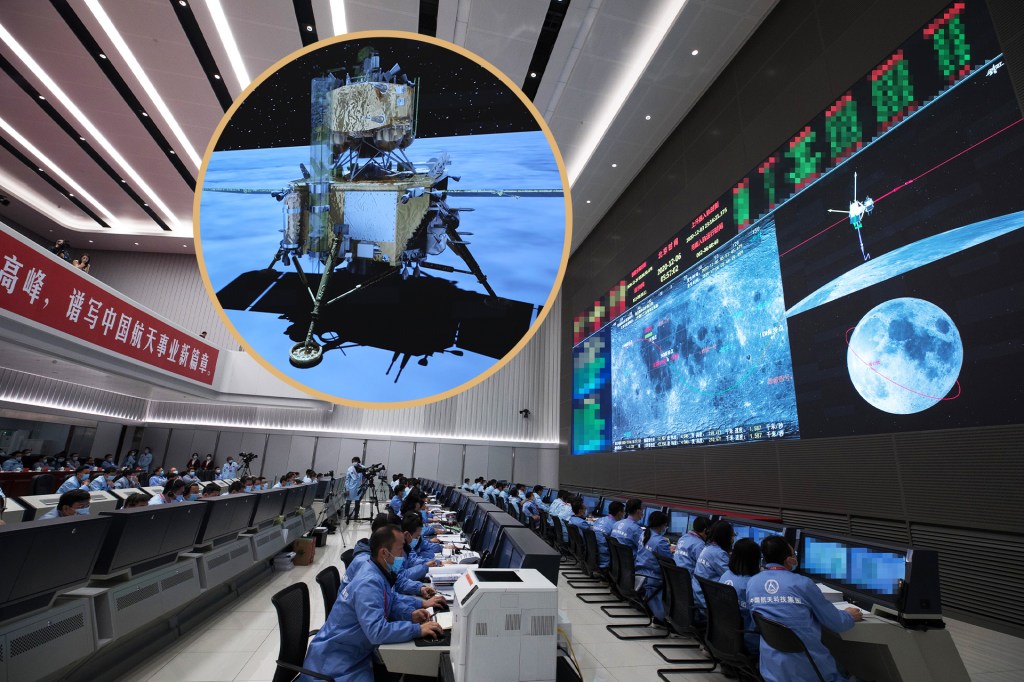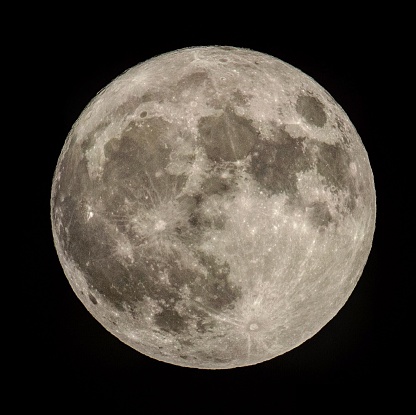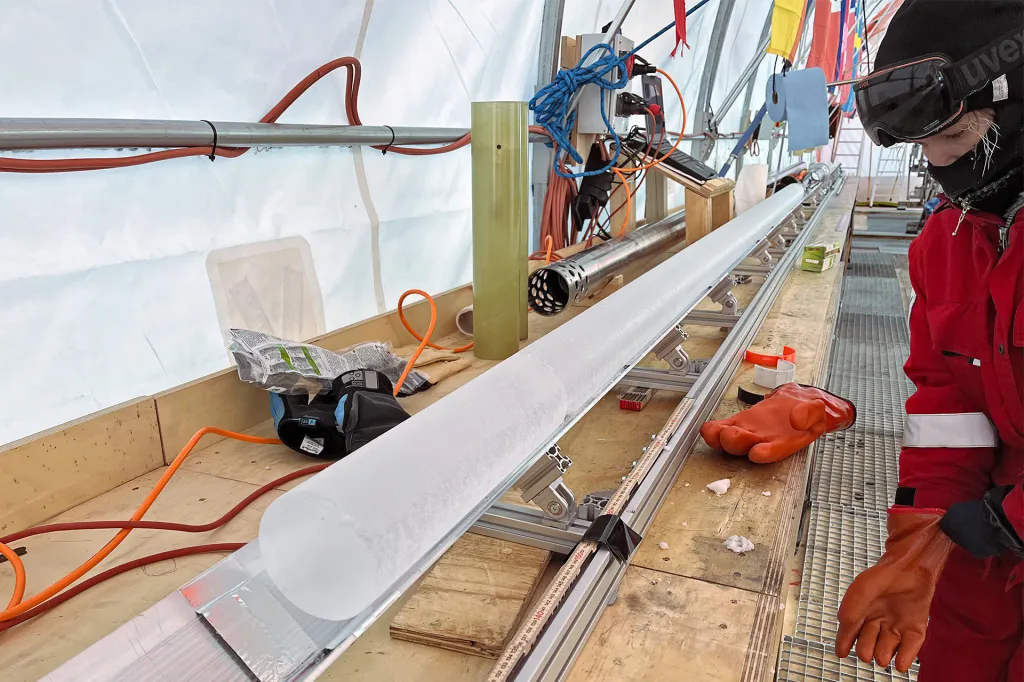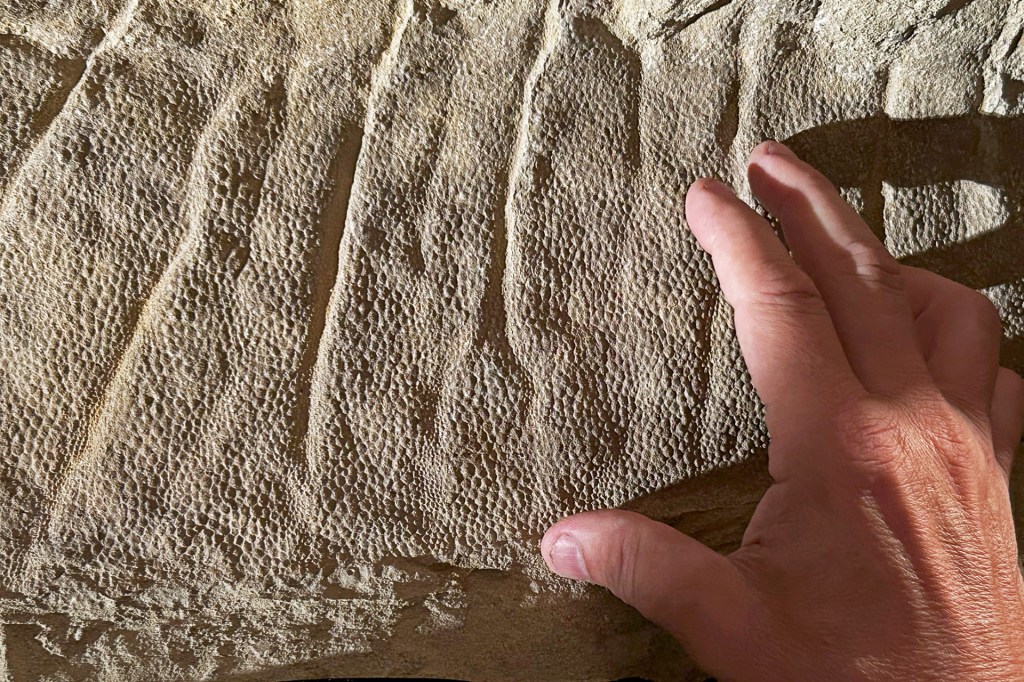
The moon’s Ocean of Storms is a dry open space. In 1967, the United States landed its Surveyor 3 spacecraft there. Two years later, the Apollo 12 crew arrived. The astronauts collected lunar
lunar
 JULIAN GUNTHER—GETTY IMAGES
relating to the moon
(adjective)
Astronaut Neil Armstrong returned to Earth with lunar rocks and dust.
samples to bring back to Earth.
JULIAN GUNTHER—GETTY IMAGES
relating to the moon
(adjective)
Astronaut Neil Armstrong returned to Earth with lunar rocks and dust.
samples to bring back to Earth.
It’s been quiet in the Ocean of Storms since then—until lately. On December 1, China’s Chang’e 5 spacecraft landed there. The craft returned to Earth two weeks later, making China the first country to bring back rocks and soil from the moon since 1976.
Geologists are eager to look at the lunar materials. Brad Jolliff is the director of the McDonnell Center for the Space Sciences, at Washington University, in St. Louis, Missouri. In an email to the Associated Press, he said, “These samples will be a treasure trove!”
Chang’e 5 Mission
The Chang’e 5 mission is the fifth in a lunar winning streak for China. In 2007 and 2010, Chang’e 1 and 2 orbited the moon. In 2013, Chang’e 3 landed there and sent forth a rover. And in 2019, Chang’e 4 did the same, becoming the first spacecraft to successfully land on the moon’s far side.
Chang’e 5 was a harder mission. It involved a multistage
multistage
 JGARERI—GETTY IMAGES
having multiple stages, or sections
(adjective)
Building a house is a multistage process.
spacecraft that didn’t just land on the moon but lifted off from it, too. Launched on November 23, 2020, the craft entered lunar orbit on November 28.
JGARERI—GETTY IMAGES
having multiple stages, or sections
(adjective)
Building a house is a multistage process.
spacecraft that didn’t just land on the moon but lifted off from it, too. Launched on November 23, 2020, the craft entered lunar orbit on November 28.
One stage separated from the main body of the craft. It touched down on the moon. It collected nearly 4½ pounds of rocks and soil. Then it transferred them to another vehicle. That vehicle lifted off and rendezvoused
rendezvous
 WILLIE B THOMAS—GETTY IMAGES
to meet at a planned time and space
(verb)
I had a plan to rendezvous with my friend on Saturday afternoon.
with the orbiting part of the spacecraft.
WILLIE B THOMAS—GETTY IMAGES
to meet at a planned time and space
(verb)
I had a plan to rendezvous with my friend on Saturday afternoon.
with the orbiting part of the spacecraft.
A reentry capsule brought the samples to Earth. It thumped down in China’s Inner Mongolia region on December 16, ending the successful mission.
Thomas Zurbuchen works for NASA. He tweeted his applause: “Congratulations to China on the successful landing of Chang’e 5.” Zurbuchen also expressed his hope that the lunar samples “could advance the international science community.”













